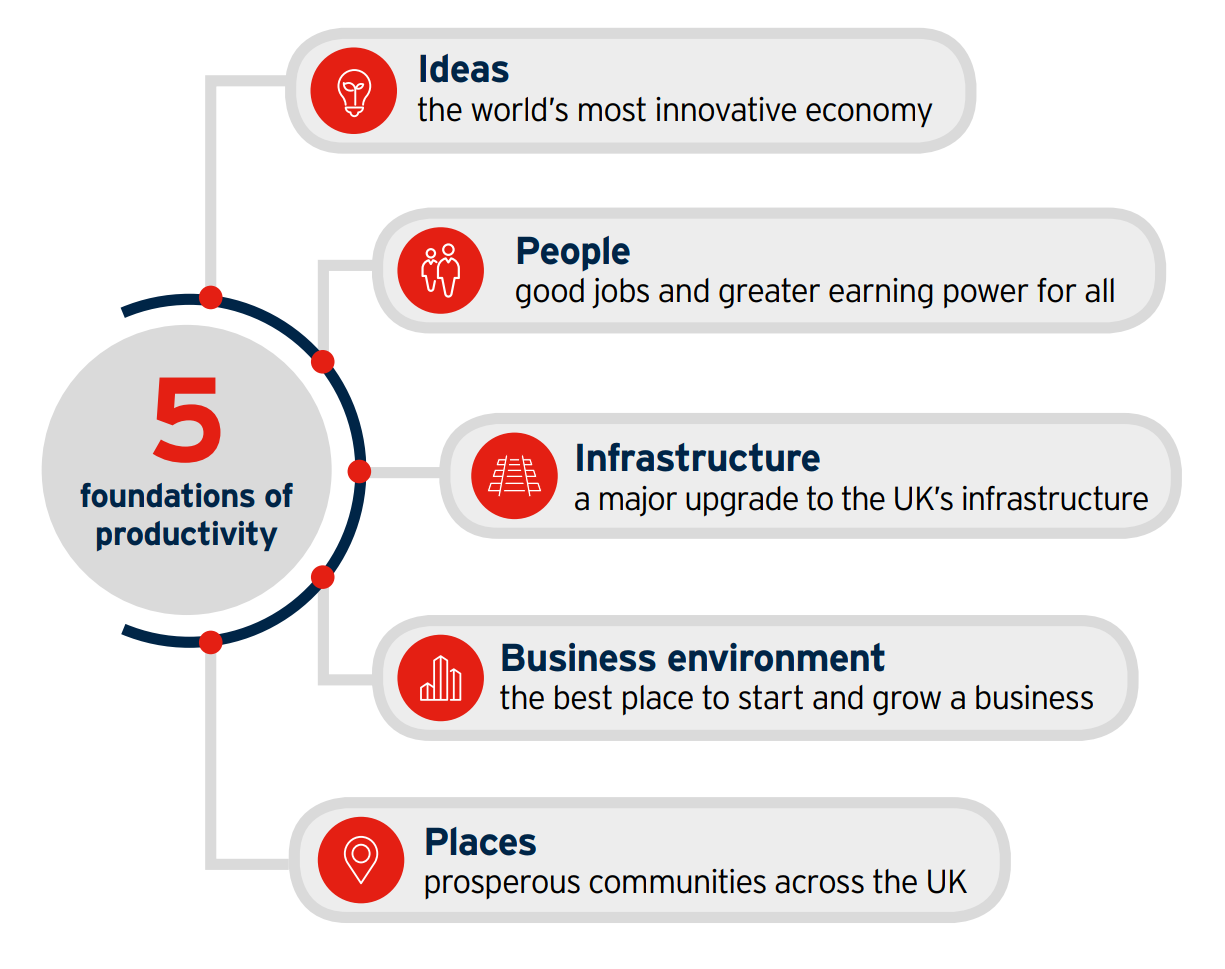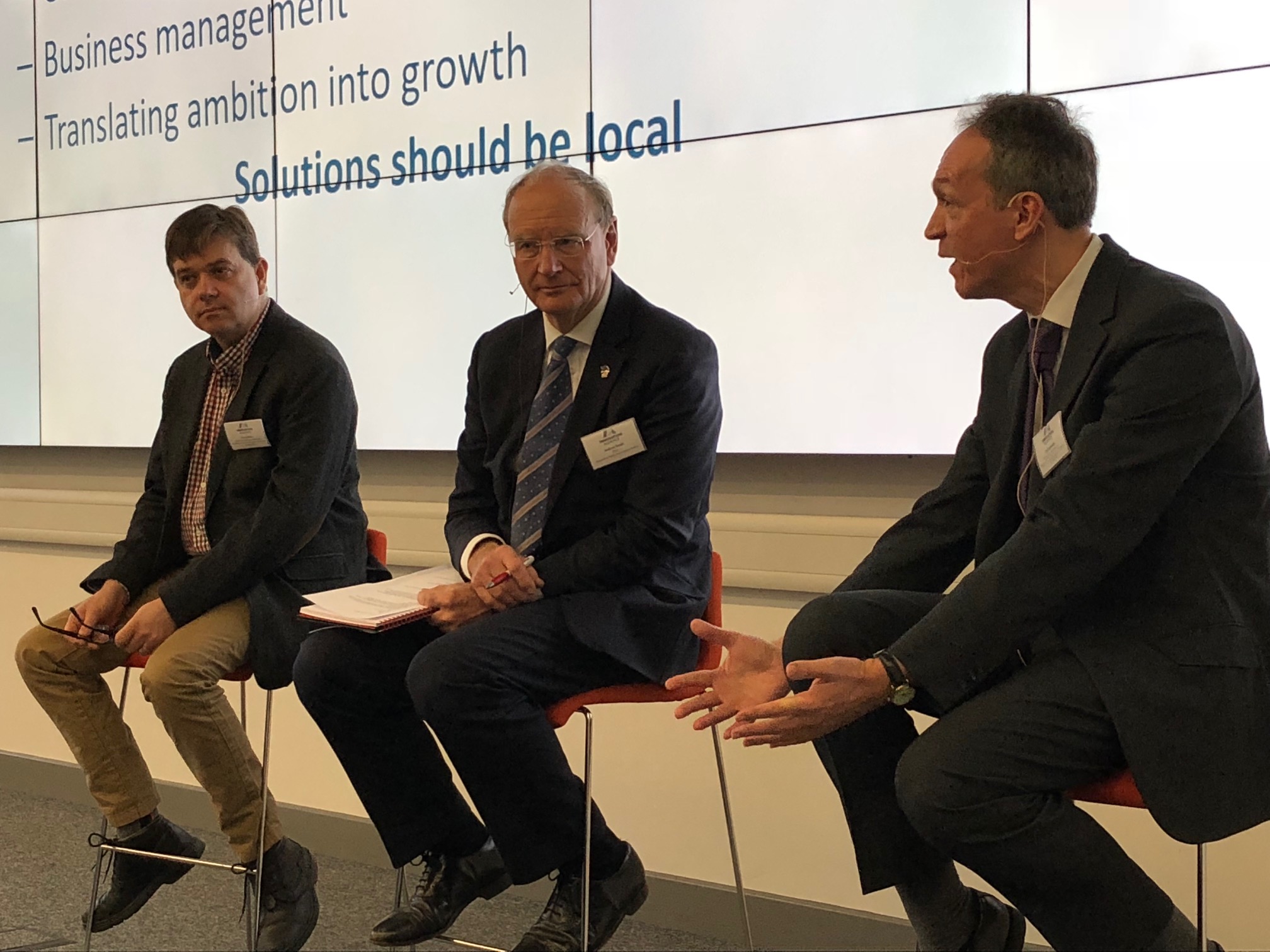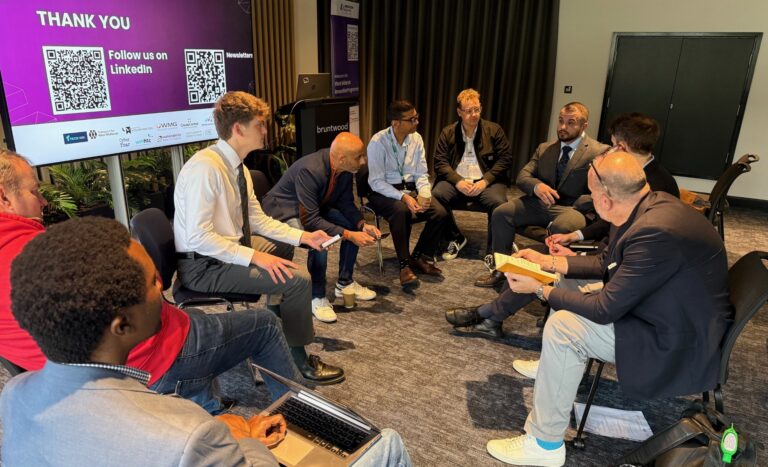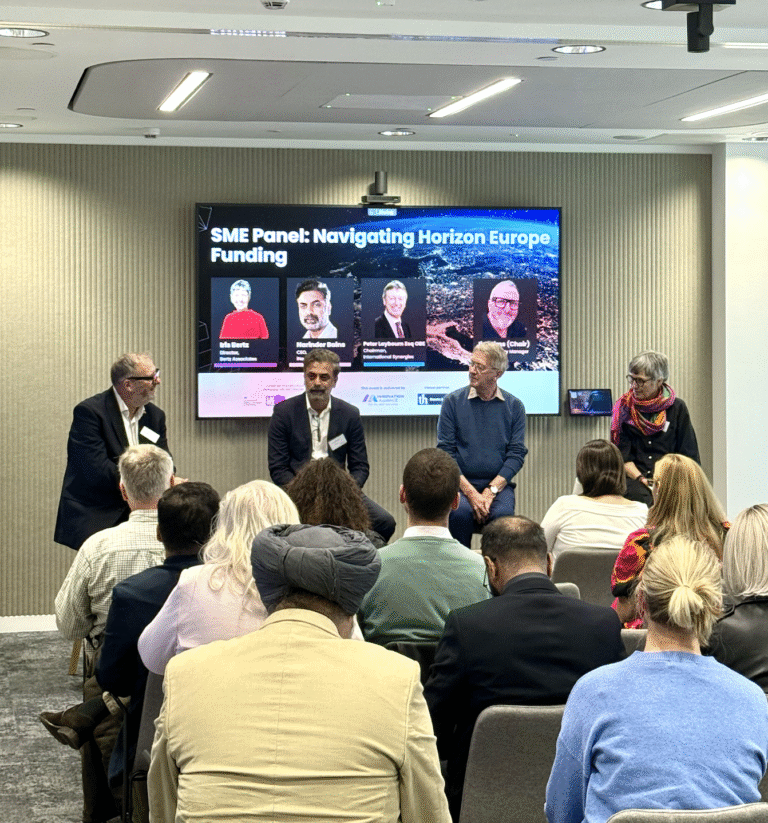Since its publication last November the UK Industrial Strategy and the five foundations of productivity from which it is built has been a hot topic of conversation for policy makers and business leaders alike.

Industrial Strategy – 5 foundations of productivity
The 30th January 2018 saw the launch of the Innovation Alliance for the West Midlands and its first ‘Innovation Policy and Practice’ event. The theme of the morning was ‘Innovation, Place, and the Industrial Strategy’. Representatives from BEIS gave their insight into the Industrial Strategy with advice on how we can adopt its foundations at a regional level, with a particular focus on innovation.

(Sarah Middleton, Black Country Consortium, launches the Innovation Alliance for the West Midlands)
Prof Tim Dafforn, former BEIS Entrepreneurial Advisor and University of Birmingham, explained how new ideas are important for driving change by stimulating competition which can raise productivity.
Tim said: “Ideas drive UK entrepreneurs. Ideas also help existing businesses grow. Solutions should be local.”
Tim also gave his tips for what a good local Industrial Strategy looks like:
- It has to reflect local strengths
- It has to understand where weaknesses are preventing strengths blossoming
- It has to show both the problem and the opportunity, backed by evidence and data
- Focus on USPs and identify and exploit the specifics of the sector it will benefit
Next to take to the stage was Paul Drabwell, Head of Innovation and Place, who advised BEIS are particularly looking at the issue of place for regional productivity. The Strength in Places Fund will look for consortia to come forward with projects that identify how they are collaborating to drive place based productivity and growth.
Paul said: “Collaboration is a key theme and collaboration networks are really important”.
Audience discussion was informed and stimulating, with the following themes emerging:

(From left to right: Tim Dafforn, Andrew Sleigh & Paul Drabwell)
- The thread running through conversation was the need for a stronger focus on demand and market led innovation.
- HEIs have traditionally been seen as key drivers of innovation with public funding for innovation geared towards university – business interactions.
- Other equally important drivers include business to business innovation; partnerships and joint ventures; public procurement and supply chains. There is a need to explore how these drivers can be enhanced.
- The West Midlands has particular strengths from the private sector that drive innovation.
- Shared knowledge and data could be improved to help knowledge exchange between academia and industrial partners.
- We should look to enhance the rate that information and data goes from HEIs and into the economy.
- New ideas stimulate new sectors but existing sectors can also adopt existing knowledge or approaches from a variety of sources to drive innovation and growth.
- We should be listening to audience and not just the speakers – it is important to convene the views of the whole innovation ecosystem.
- It is important to enable connections between sectors.
- The West Midlands should be publicising its successes in B2B innovation and better promote its strengths.
- We need more entrepreneurial skills for graduates and a focus on industry and academia getting to know each other better.
The Innovation Alliance for the West Midlands will take on board the views expressed by the speakers and audience in planning future discussions, workshops and other activities. To find out more about how to engage with Innovation Alliance WM future discussions and activities see our website www.innovationwm.co.uk for further details, and find us on Twitter using @innovationWM.
View the full launch event, including the interactive Q&A session, here.
(Author: Iain Mansell, Innovation Alliance for the West Midlands)





